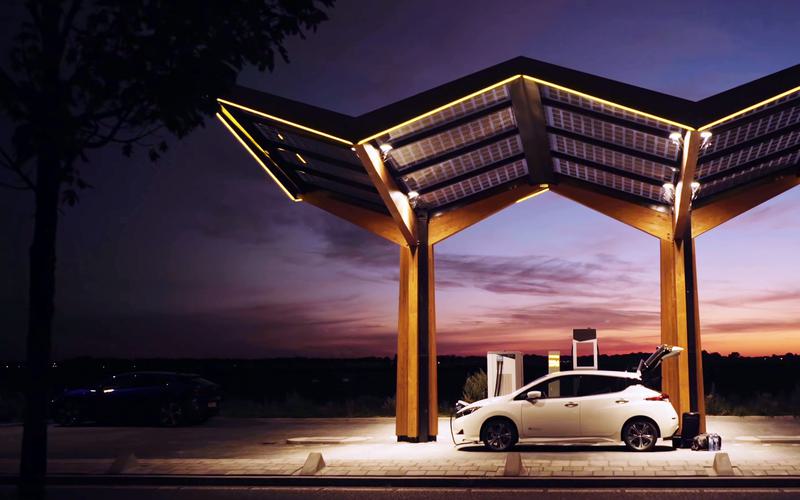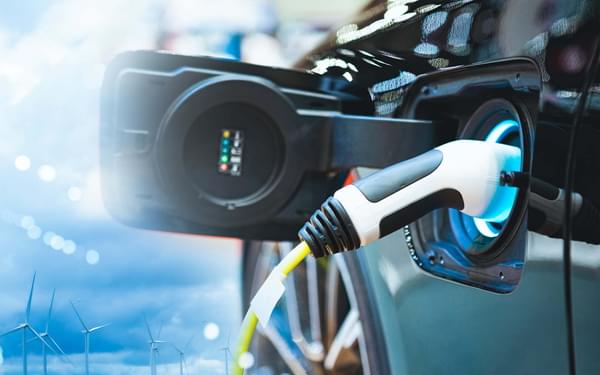Revolutionising EV Charging
As the EV era dawns, access to charging infrastructure is being regarded as the biggest barrier to uptake. Demand is quietly yet rapidly soaring.

“ How successfully we meet this challenge relies on a deep appreciation of the numerous, complex factors that affect EV charging. One size does not fit all. There's a lot of money at stake. Getting EV charging provision right is critical to positive adoption of electric vehicles, an essential step on the journey to net zero. ”
Mark Pearce
Principal Mobility Analyst, Transport Planning

How do investors, asset managers, local authorities and charge point operators position themselves to meet this demand for charging infrastructure across their asset bases? How can they realise a commercial return?
It feels like unchartered territory. However, by understanding the critical factors that affect demand for EV charging infrastructure, the answers emerge to the key questions: how many chargers to install; what type; where; and — considering the pace of adoption and net zero targets — when to invest.
Introducing StratEV®
StratEV® is the only modelling tool of its kind and works by drawing together data regarding usage, power demand and revenue, enabling EV charging developers to provide the most efficient solutions in terms of reducing cost and maximising future utilisation.
The big issues
Getting provision right
Modelling provides a deeply technical and robust picture against which to strategise for EV charging provision. It helps address the very simple questions that all stakeholders pose: how many chargers are required; what type; where should they go; and when should they be rolled out?
If you are funding EV charging infrastructure across hundreds or thousands of sites, mapping demand as EV adoption increases is critical to managing investment and ROI. Too few chargers can negatively affect footfall and drive consumers elsewhere, whilst too many will mean significant overspend and commercial risk.
Revenue generation
Early adopters have spotted that provision of EV charging infrastructure across their estates doesn't just have to be a cost, but could generate revenue. Consider the retail parks, hospital estates or university campuses with empty car parks overnight, coupled with EV logistics fleets needing charging provision. Charge point operators need a trusted partner with whom they can work to provide the right charging solution for the right customers to meet demand and maximise profit.
Democratisation
Ensuring fair access to charging is key for local authorities who are tasked with creating EV charging strategies that suit the needs of their residents. Those without access to private domestic parking are paying more for the same amount of power in less convenient locations than their counterparts.
How can on-street chargers, EV forecourts and charging hubs be utilised to serve a population keen to make the EV switch, but dissuaded by inconvenient charging locations and inflated costs?
Overcoming energy constraints
Our research suggests almost 50% of sites requiring engagement with DNOs have constraints. This leads to significant overspend — sometimes into six-or-seven-figure sums — on grid connection costs.
This situation can be avoided. The right modelling tool factors in both site-specific grid capacity and an accurate, data-led picture of realistic power demand from the chargers themselves. A logistics fleet of 100 vehicles does not return to base at the same time all with 1% charge remaining, yet broad-brush assumptions such as this are informing investment decisions globally.
“The pressure is on to roll out charging infrastructure to facilitate the seismic shift towards electric vehicles. The real challenge is in adopting the right strategy, using data-led insights so investment isn't misdirected.”
In need of fresh thinking?
Think Hydrock.

















